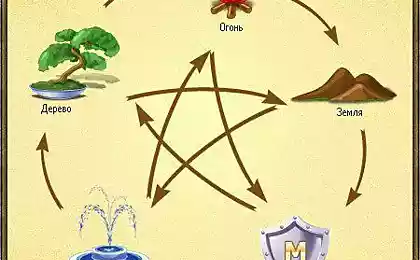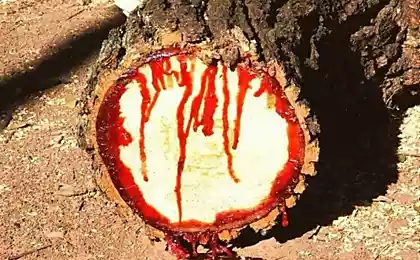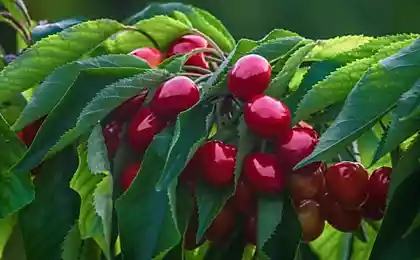469
The bleeding tree Indian
Pterocarpus angolensis, or Indian — is also called the bleeding tree. This is a special kind of tick in South Africa, known by different names such as Chiat, Mukwa and Muninga. The tree received this name because of its dark red SAP. Chopped trunk or or a damaged branch of the tree begins to secrete a dark red liquid. Sticky, reddish-brown juice seals the wound to promote the healing of the tree.
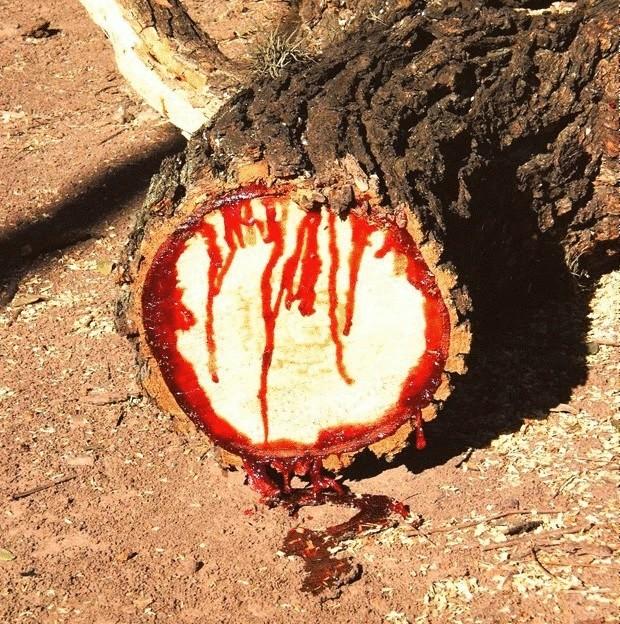
The red juice is traditionally used as paint in some areas, it is also mixed with animal fat to make cosmetics for face and body. From the bleeding tree, believed to have magical properties for treating blood diseases, obviously because of the close similarity in colour and consistency. The tree is also used for the treatment of many diseases such as ringworm, pain, eye problems, malaria, hemoglobinuria fever, stomach problems and lack of breast milk.
Of Pterocarpus angolensis make high quality furniture because its very easy to handle, to paint. This tree does not dry and does not lose shape — this quality, together with its high durability, Indian valued in the production of boats, canoes and bathroom floors.
Because of its large value, the local peoples of Central and South Africa uncontrolled bleeding cut down a tree that put him on the brink of extinction in recent decades.
Indian can grow to 12 — 18 meters tall, has dark brown rough bark, a beautiful crown in the shape of an umbrella and yellow flowers. Undoubtedly, this is one of the most amazing trees in the world.
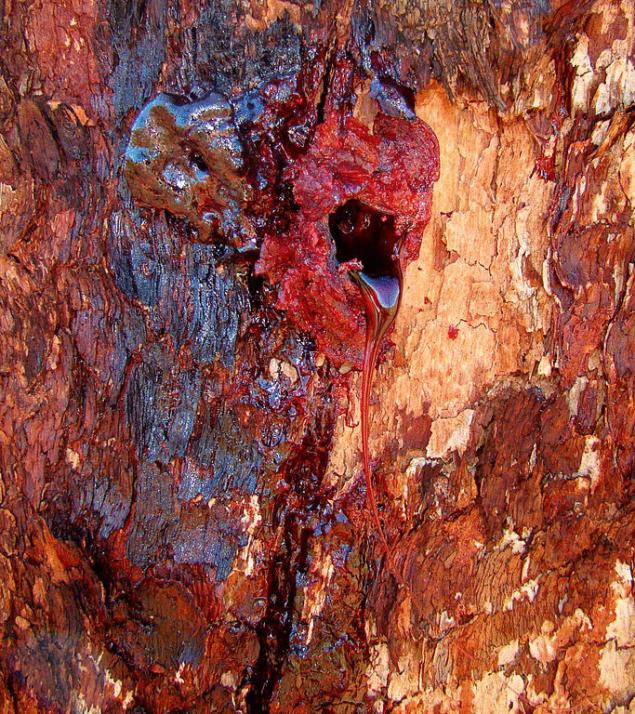
Source: lifeglobe.net/









